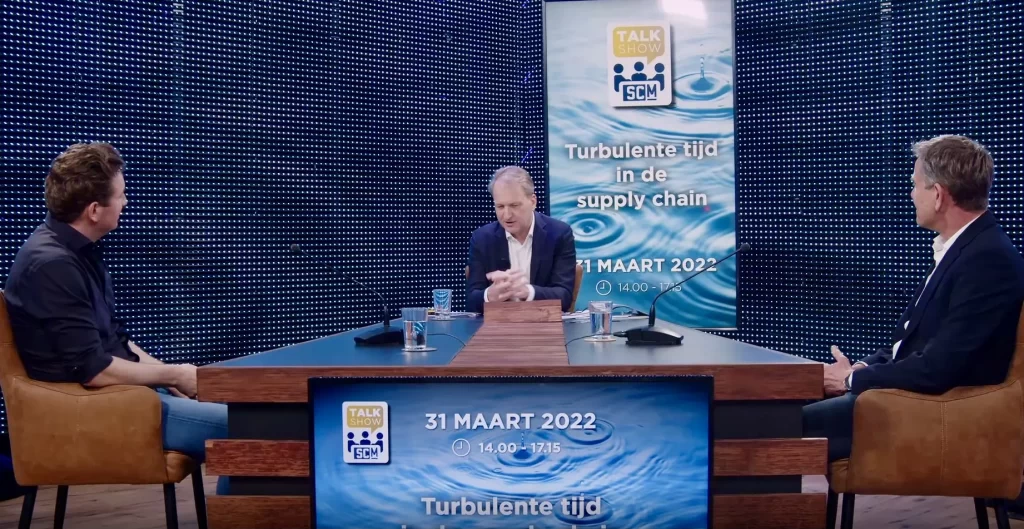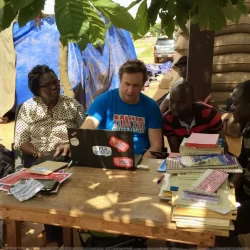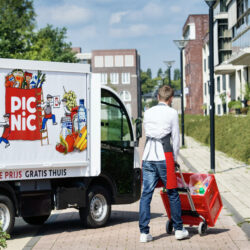Picnic and Tony’s Chocolonely: innovating the supply chain for commercial success
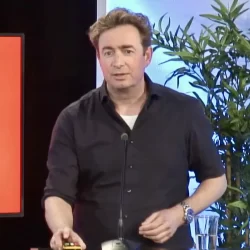
Picnic and Tony’s Chocolonely have at least one thing in common: they are both achieving success with a supply chain design that is radically different from their competitors. So what’s their secret? The supply chain directors from the two companies – Frans Pannekoek (Tony’s Chocolonely) and Wybe Jan Bleeker (Picnic) – shared their insights during a SCM Talkshow on 31 March: “Cocoa farmers can suddenly invest because we promise to do business with them for five years.”
By Marcel te Lindert
Several decades ago, cocoa farmers – the owners of plantations – made an annual trip by boat from West Africa to London, where the majority of the cocoa buyers were based, to discuss prices, quantities and quality. “They built up good relationships together, based on transparency. But over the years, these parties have become estranged from each other. The whole chain has now been divided into ever-smaller pieces. This makes it possible to optimize each one, but also creates disadvantages – such as an incredibly long, complex chain made up of numerous links that are all trying to make as much money as possible. And the ones who suffer the consequences are the cocoa farmers,” said Frans Pannekoek (pictured), Head of Operations at Tony’s Chocolonely.
Pannekoek has seen with his own eyes how cocoa farmers in West Africa live below the poverty line. As a result, their children have to work rather than going to school, which leads to a modern form of slavery. “We want to glue the supply chain back together again so that all the links feel responsible for the cocoa farmers at the start of the chain,” stated Pannekoek. “For example, because of the futures market, the price a chocolate manufacturer pays for cocoa beans has no effect on the price that a farmer receives for them. We take a different approach and do business directly with the cocoa farmers’ cooperatives. We pay them an extra premium and promise to buy from them for five years – which means that they are suddenly able to invest.”
Modern-day milkman
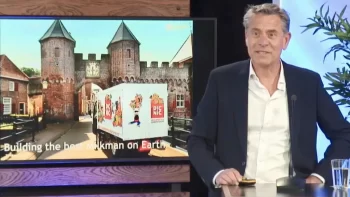 While Tony’s Chocolonely is challenging the status quo in the chocolate manufacturing supply chain, Picnic is doing a similar thing in the grocery sector. “Food retailers have done a fantastic job of luring consumers to their mini-warehouses and getting them to do their own order picking. We are removing that link and want to bring back the terrific service of the traditional milkman, but now with a wider range of products. Consumers can order their groceries until ten o’clock in the evening and we deliver them the next day within a 20-minute time window. Predictability and reliability are key. Nobody wants to be kept waiting for their fresh, chilled groceries,” explained Wybe Jan Bleeker, Chief Operations Officer at Picnic.
While Tony’s Chocolonely is challenging the status quo in the chocolate manufacturing supply chain, Picnic is doing a similar thing in the grocery sector. “Food retailers have done a fantastic job of luring consumers to their mini-warehouses and getting them to do their own order picking. We are removing that link and want to bring back the terrific service of the traditional milkman, but now with a wider range of products. Consumers can order their groceries until ten o’clock in the evening and we deliver them the next day within a 20-minute time window. Predictability and reliability are key. Nobody wants to be kept waiting for their fresh, chilled groceries,” explained Wybe Jan Bleeker, Chief Operations Officer at Picnic.
Picnic does almost everything differently from traditional food retailers in terms of its operational execution too. Around two thousand small electric vans deliver the groceries to people’s homes. The deliveries are prepared in 14 fulfilment centres: eight in the Netherlands, four in Germany and two in France. Picnic wrote its own software for the newest robotized fulfilment centre in the Dutch city of Utrecht, which was opened by King Willem-Alexander on 1 April, and also the planning software that controls the delivery drivers’ movements down to the second. “We develop our software in very short iterations. This keeps the innovations as small as possible, so that we can implement them quickly and learn from them quickly too. The fact that we started out as a manual operation means that we know exactly what we have to do, and that’s the basis for successful automation.”
Closed loop for plastic bags
Picnic’s supply chain revolves not only around reliability and predictability, but also around sustainability. For example, customers receive their groceries in plastic bags. “We’ve done the maths; paper or cardboard-based packaging is actually four to seven times more polluting. Moreover, the quality of that packaging deteriorates quickly with repeated use. That’s why we’ve set up a closed-loop system for plastic bags. Customers pay 35 cents for a bag and get the money back when they return it,” commented Bleeker. The next step is to reduce the packaging on consumer goods. Picnic tries to pack as many products as possible in a standard 60x40x30cm crate. “We’re all familiar with the example of cornflake boxes that are actually half empty. It’s all about improving on-shelf presentation – but that’s not an issue for us. Ideally, we only want to transport the volume that’s really necessary, so we’re working on that with our private label products.”
Picnic is also striving to prevent food waste as much as possible. The company has developed various algorithms to predict how much bread will be needed the next day based on the orders received throughout the current day. “When we stop taking orders at ten o’clock in the evening, we add up the total number of loaves we need and our baker supplies us with precisely that amount,” said Bleeker, who explained that Picnic also supports vertical farming. “PlantLab has a multilayer facility in Amsterdam for basil and thyme, among other herbs. Based on our forecast, PlantLab produces the right number of plants, which are then delivered to our fulfilment centres. So our basil and thyme come from Amsterdam rather than Africa.”
Producing cocoa butter locally
It’s impossible for Tony’s Chocolonely to produce cocoa locally since cocoa trees only grow in the region close to the equator, but the company sees other opportunities for improving supply chain sustainability. “It would be very difficult to produce chocolate in Ghana or Ivory Coast because the high temperatures mean we would have to cool all the products and that’s not sustainable. But ideally, we want to produce all our cocoa butter there,” stated Pannekoek. “So we’ve set up a traceable chain to be 100% certain that our cocoa butter is only made from the beans that we’ve purchased ourselves. For example, it can be as simple as stopping the production of all other cocoa butter at nine o’clock on a Monday morning to make cocoa butter just for us. And then when that’s finished, the processing of other cocoa beans can be restarted.”
Producing cocoa butter locally has numerous advantages. “It generates economic activity in Ivory Coast. It makes our supply chain more flexible and also cost-effective, because production in Africa is cheaper than in Europe, plus we reduce carbon emissions by transporting cocoa butter rather than cocoa beans – so it’s a solid business case from all sides,” explained Pannekoek. He added that sustainability is sometimes just a matter of demonstrating commitment: “What I find shocking is that other buyers don’t tell the farmers in advance how much they intend to buy. So the cooperatives assume that those buyers will purchase the same volumes of cocoa beans as the year before, but that’s not always the case of course. We promise that we will buy from them for the next five years and make an annual plan each year. That creates a long-term partnership, which generates more value in the long run.”
